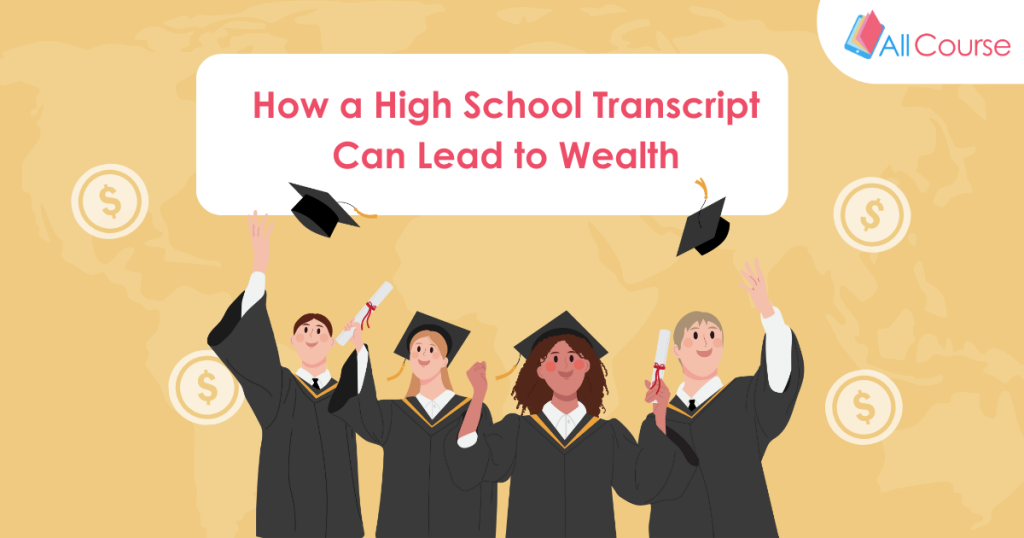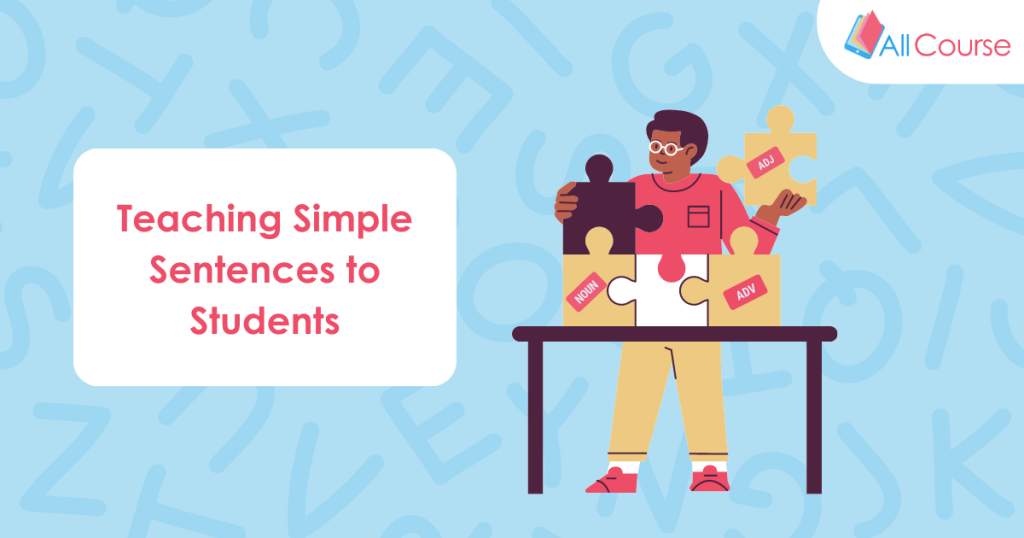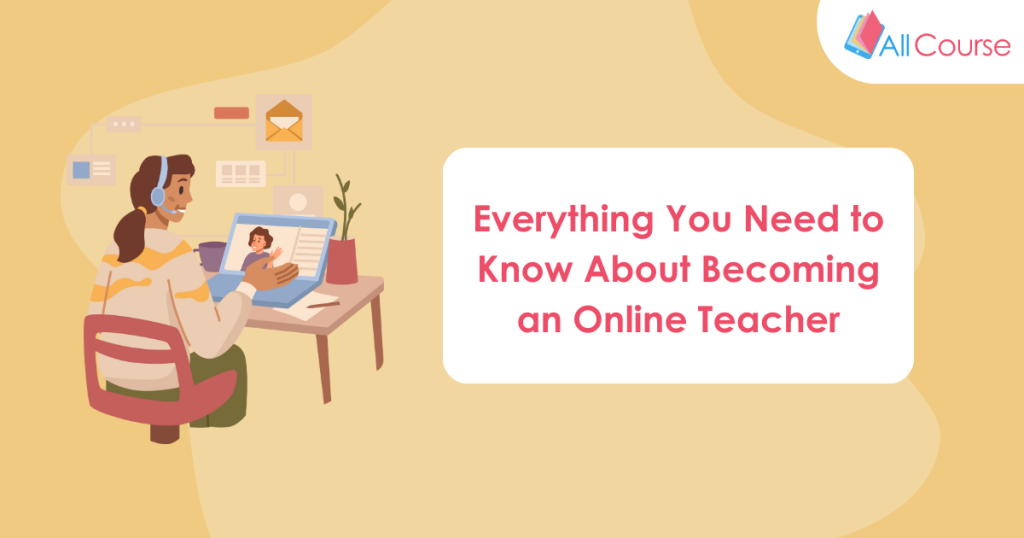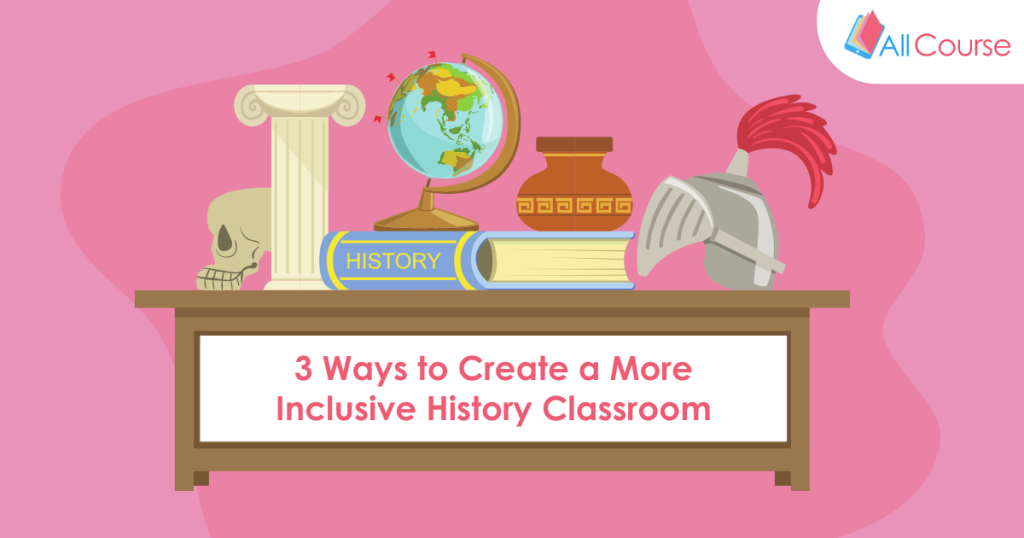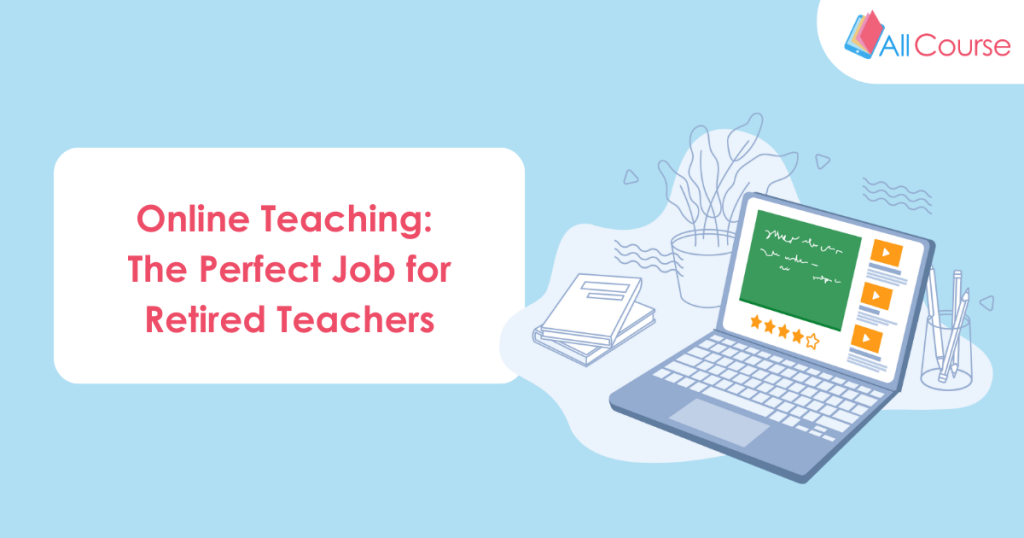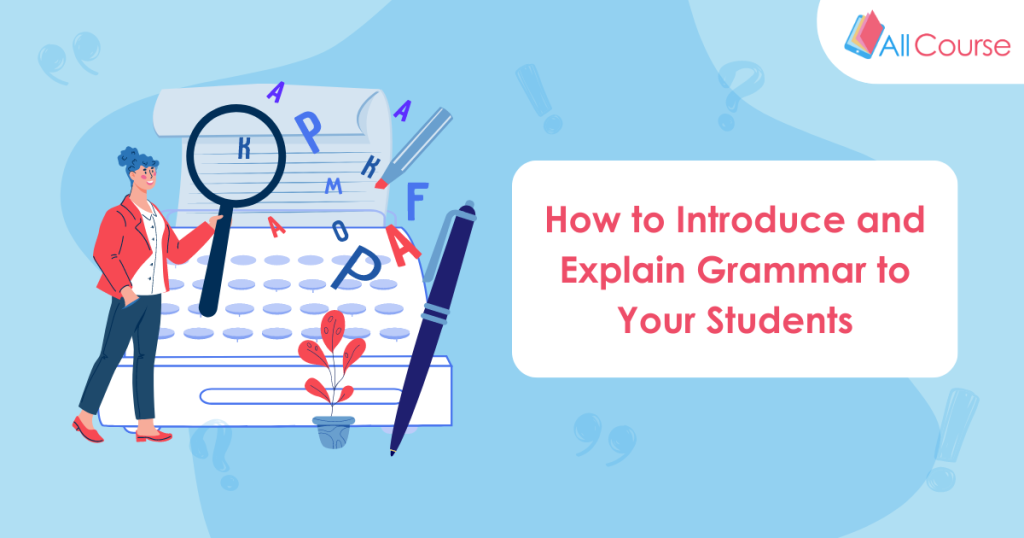Ask 100 educators about the limits of the current system, and one idea will come up time and time again:
A one-size-fits-all approach doesn’t meet the needs of today’s K12 students.
With the proliferation of media options available to students today, such as podcasts, online videos, interactive simulations, and educational games, students have more control over their learning experience than ever before.
Additionally, the market is rapidly changing, and the skills and knowledge required to succeed in today’s world are different from what was required even a few years ago.
For example, a report by the World Economic Forum found that the top 10 skills required for workers in 2025 will include critical thinking, problem-solving, creativity, and emotional intelligence. These are skills that cannot be effectively taught using a one-size-fits-all approach, as they require personalized instruction and practice.
Enter: personalized learning.
What is personalized learning?
The term “personalized learning” first began to be used in the mid-2000s, thought its roots can be traced back to the turn of the 20th century and the advent of the Montessori method.
Personalized learning is often seen as a way to use technology to individualize instruction and allow students to progress at their own pace. This often involves adaptive software that can adjust the difficulty of learning tasks based on student performance. Also common are tools like digital portfolios, online discussions, and multimedia resources.
However, there are some limitations to personalized learning in its current form. One major challenge is the need for teachers to effectively integrate technology into the classroom and use data to monitor student progress. Another issue is the difficulty of scaling personalized learning beyond a small group of students, as it often requires significant resources and support to implement effectively.
Do these challenges mean personalized learning won’t play a role in the future? Hardly. In fact, the opposite is likely true.
Despite these challenges, personalized learning has gained momentum in recent years, as more schools have adopted a student-centered approach to education.
This has led to a shift away from the traditional model of teaching, where the teacher serves as the primary source of knowledge, towards a more collaborative and interactive approach, where students are encouraged to take ownership of their own learning.
New frontiers for personalized learning have also emerged as more and more solutions develop. No longer is it just about tech-enabled curriculum. Now, the reach of instruction by real teachers can also be scaled using technology, too.
Benefits of online courses for personalized learning
Another way to personalize learning is to provide students with access to a broader range of classes than they are normally offered in a school.
This is possible through platforms like AllCourse.
This approach enables students to tailor their schedule to better fit their interests and abilities and take classes on subjects they may not have been able to otherwise.
Additionally, students can take courses by instructors who teach in a style or use an approach that better fits their needs, providing them with a truly tailored education while also gaining the benefits that come with interacting with a live teacher and collaborating with classmates.
Learn more about AllCourse here.
Giving students a truly personalized education
The future of personalized education in K12 public schools will involve a combination of traditional in-person teaching, online learning enhanced by a network of thousands of online teachers, and data analytics to help drive the best decisions.
As personalized education becomes more prevalent, students will have access to a broader range of courses and resources, providing them with the skills and knowledge necessary to succeed in a rapidly changing world.
The future of education is exciting, and we look forward to seeing how it continues to evolve.
